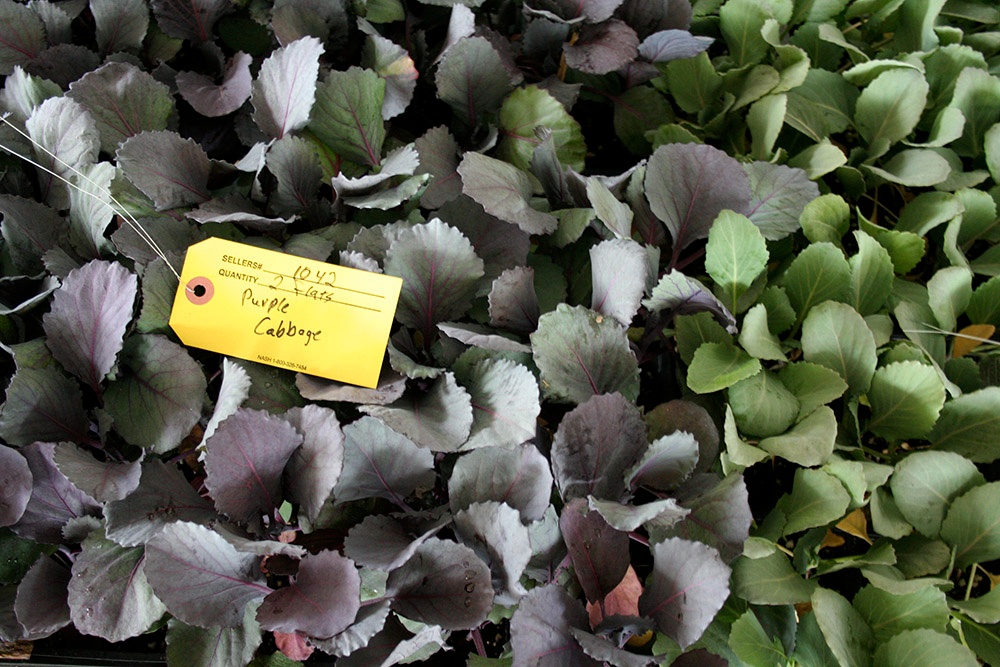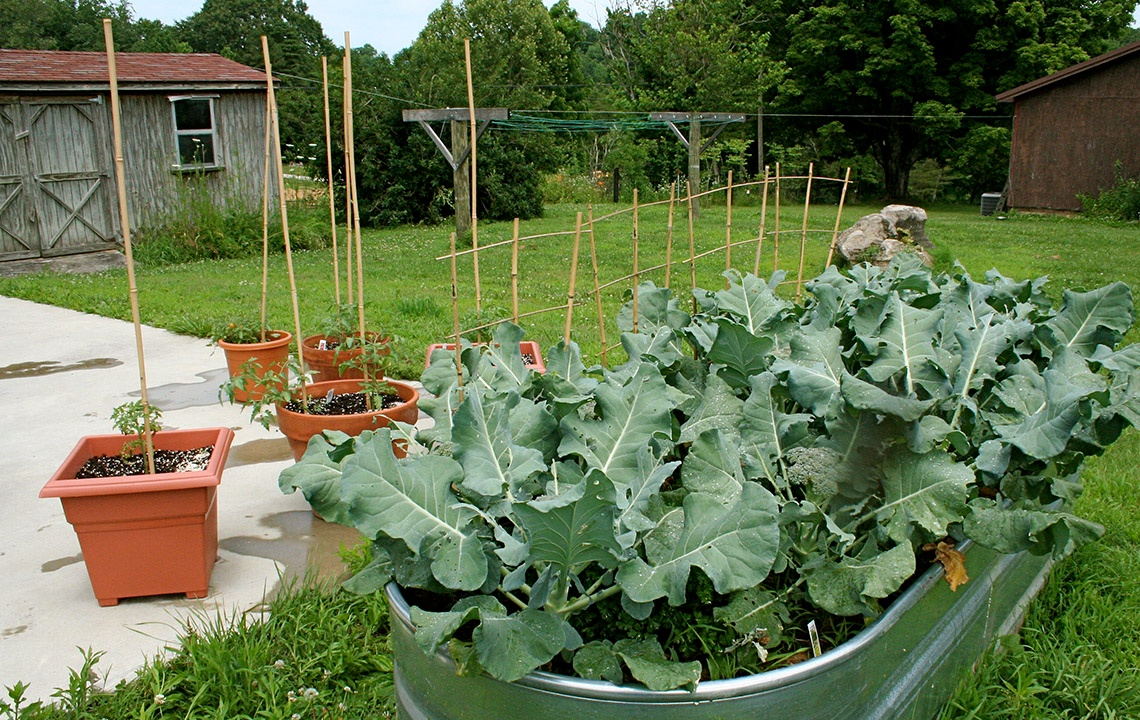Kentucky farmwife Catherine Pond shares wisdom on how to plan, prepare and plant a Southern spring garden.
Now that winter is coming to an end (at least here in the South!), many Southerners are starting to think about their spring gardens. The most intrepid among us have been scrutinizing and dog-earing seed catalogues since December with orders placed and received. But don’t worry, there is still time to start a garden, even if you haven’t yet dug ground or purchased one seed packet to put in it.
 If you don’t have any seed catalogues (and there are many to select from), you can go to your nearest garden center, hardware store, or feed supply for the freshest seed offerings of the season. This is also a good time of year to plan your entire growing season, if possible, and to purchase seeds in advance before they are in short supply.
If you don’t have any seed catalogues (and there are many to select from), you can go to your nearest garden center, hardware store, or feed supply for the freshest seed offerings of the season. This is also a good time of year to plan your entire growing season, if possible, and to purchase seeds in advance before they are in short supply.
But for spring gardens, that marvelous time when the earth tilts closer to the sun (which is beginning to rise higher in the sky), the going is fairly simple and straightforward. Coming from New England as we did nine years ago, I was delighted to discover that the South—even where we live in south-central Kentucky—allows for three growing seasons and up to eight months of garden time.
According to PlantMaps.com, we are in the 6a hardiness zone. That means perennial plants in our garden need to be hardy from -10 to -5 degrees. It is also our zone of reference when setting plants out or starting seeds. You can find your own zone hardiness by entering your zip code at the link, where you will also get information about first and last frost dates specific to your geography.
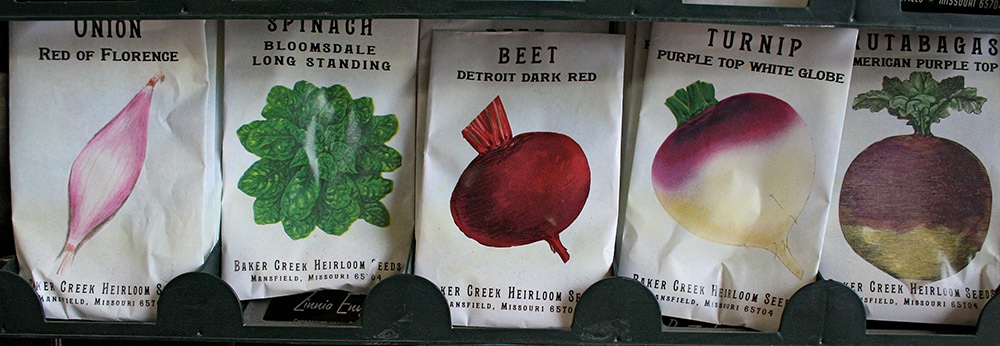
Another excellent compendium for this information, if you’d prefer it in print, is The Old Farmer’s Almanac, published each year by Yankee Magazine and available at most grocery and box stores. You can get specific planting times for your zone and other invaluable astronomical and garden information—even if you choose to plant by the phases of the moon (something I was delighted to discover that many Appalachian farmers here in Kentucky have always done). This useful publication also offers a free online “Planning Dates” calculator by your location, which will send you free email reminders. You can find more information here.
Soil must be warm enough to have seeds, or seedlings, planted in the spring. The range varies by geographical zone hardiness. As our first and last frost dates are late April and mid-October, respectively, we can have three-season gardening here on our farm. This will vary and increase, of course, the further south you go.
Soil Preparation for a Southern Spring Garden
Tillable and rich soil is key to any garden. Ideally you should prepare your soil in the fall when you have more time to start a garden or do your garden cleanup, but it is still not too late to start. In fact, a spring snow was often called “Poor Man’s Fertilizer” because it leaches vital nitrogen directly into the warming earth.
Use composted manure or other rich humus which can be purchased bagged—or from your own compost bin. On our farm we have access to significant cow manure but you can’t put it on fresh, as it is not only too strong for plants but there is still a danger of e coli contamination. You can also use chicken or horse manure, which should also be well-composted. Ideally, you want to work manure into the soil for at least a few months before planting. My grandmother used to call cow manure “farmer’s gold” because it is filled with vital nutrients that enrich and lighten the soil. It is especially important to amend the often heavier clay soil found in parts of the South.
Good soil preparation by adding well-tilled manure and composted leaves, or peat if necessary, is important to do once a year. Doing this will assure that your garden will have plenty of nutrients for the growing season ahead and will help burgeon your yard’s earthworm population. Worms feed on organic material and then help to aerate the soil by moving through it. Their own manure, or “casts,” is just as rich in essential nutrients as animal manure, but on a smaller scale.
If you are just getting started with a garden plot, don’t panic. Just till or dig up your garden area, or raised bed, and fill with pre-bagged manure and compost and work it into the ground. Many seeds and vegetables can be grown in containers, too: this especially works for greens and lettuces, spinach, and radishes.
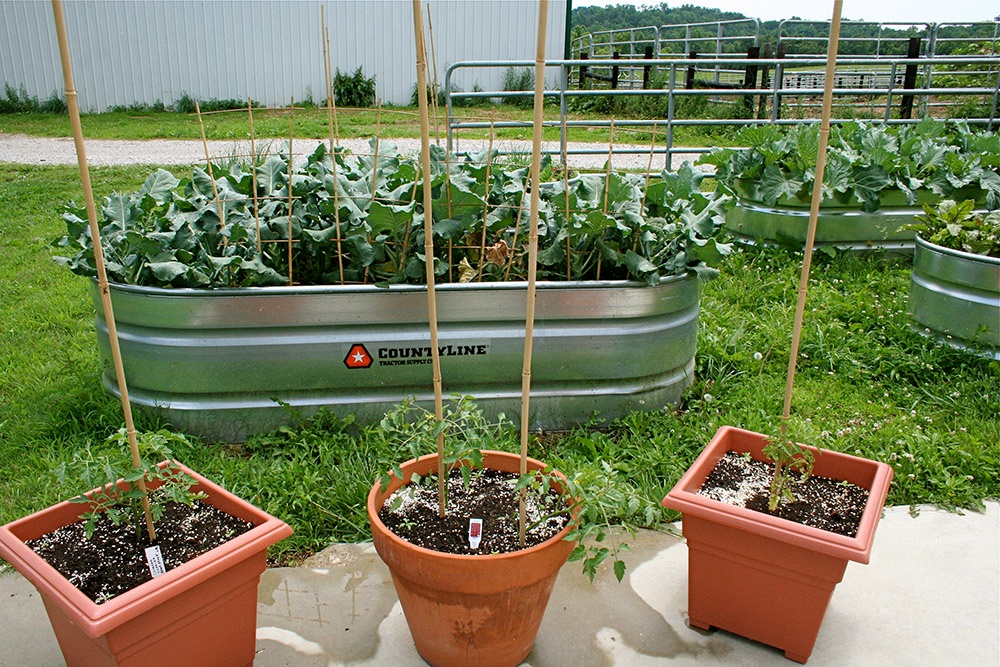
What to Plant in a Southern Spring Garden
Most seed packets will indicate planting depth. You can also readily find cabbage, broccoli, and cauliflower seedlings at area garden centers starting now. These are often called “cole crops” which refer to plants belonging to the Cruciferae or mustard family (as well as referencing the “cold” of the season in spring and fall). In addition to those plants already listed, this group includes brussel sprouts, collards, kale, kohlrabi, mustard greens, turnips, and watercress. All will withstand frost. When the garden soil warms a bit more—depending on your zone—you can directly sow beets, carrots, lettuces, peas, radishes, and spinach. [NOTE: you can also “succession plant” beets, carrots and radishes throughout the growing season; in the South, lettuces, peas, and spinach prefer the cooler temperatures of the spring and fall months. However, you can plant lettuces in containers that can be moved around to avoid the hottest sun of the day.]
In your spring garden, as a rule of thumb if it grows underground (beets, carrots, onions, radishes, turnips), or is a leafy green or fast-shooting pea, you can direct sow the seed at the appropriate time for your zone (or use onion starts). Other vegetables—like the “big three” of the Cruciferae family (cabbage, broccoli, and cauliflower)—should be started indoors a month before planting (or purchased).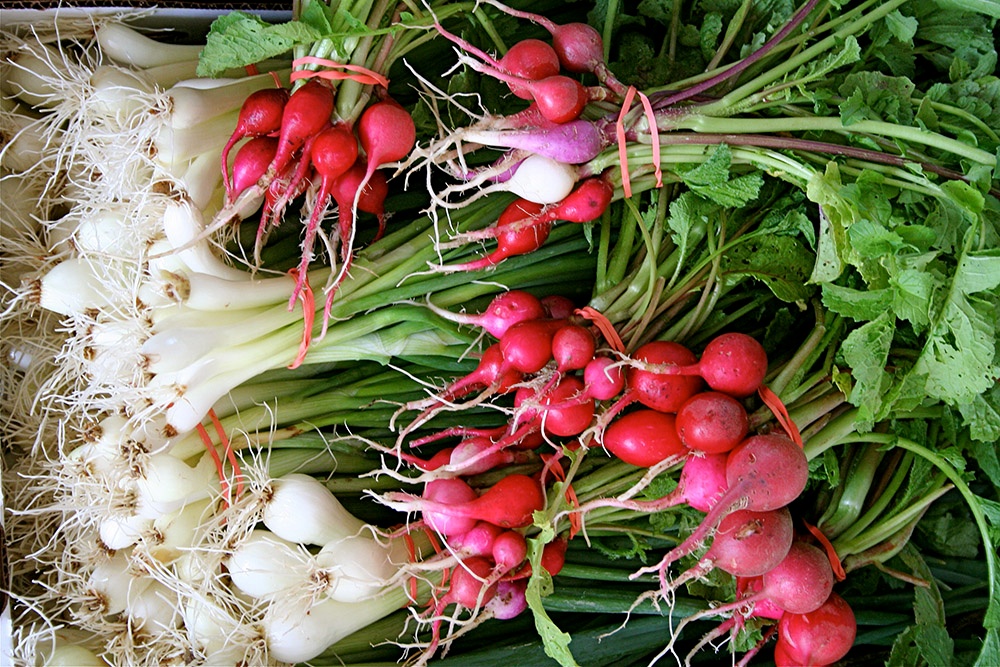
Special Precautions to Take When Planting a Southern Spring Garden
No “last frost date” is ever guaranteed—especially in the crazy fluctuating temperatures we’ve had this winter. So keep some plant cover on hand—this can even be old sheets—to protect some of the more tender spring crops like lettuces and beets if there should be a frost warning.
Another great thing to have on hand is food grade (safe) diatomaceous earth that can be purchased at most garden centers and feed supplies. You will want to sprinkle this white ashen substance in moderation, but regularly, on your Cruciferaes once they start to form heads. Members of this group are prone to cabbage worms. This is about as organic a pest control as you can use apart from picking the bugs off yourself—which just happen to blend right into the color wheel of the Cruciferae. Isn’t nature amazing?
With the right preparation, you can prepare and plant a small-medium spring garden in a day or weekend. When everyone is starting to plan their summer gardens, you will already have the freshest salad greens, broccoli, cabbages, cauliflower, and peas ready to be picked and fed (or “put up”) for your family. What’s even better is that when these crops are through bearing you can pull them up and plant something else—like tomatoes and squash. Then when those plants are done in August and September, you can start another “cole crop” garden all again to enjoy in the autumn months. A Southern garden is the gift that keeps on giving!
All photos taken by Catherine Pond on her Kentucky farm.
